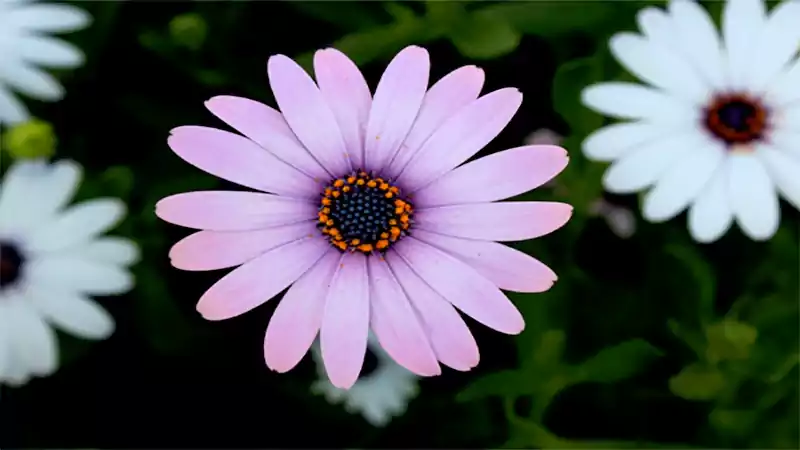I have always believed that every home needs a touch of greenery, and for me, that liveliness came in the form of Begonia plants. With their elegant leaves and charming flowers, Begonias feel like a work of art. What makes them even more species is how easy they are to care for, making them an ideal option for busy people or first-time plant parents.
The Begonias come in so many colors, shapes, and patterns that it is very hard not to get fascinated by their beauty and eye-catching elements.
Whether you are looking to brighten up your balcony garden or simply want to enjoy the process of plant parenting, Begonias are a fantastic choice. Moving further, without any delay, allow me to walk you through this immersive guide and explore this rewarding species.
Introduction to Begonia Plants: A Species With Striking Traits
Begonia plants are one of nature’s most eye-catching gifts. Native to tropical and subtropical regions like South and Central America, Africa, and parts of Asia, Begonias have captured hearts with their beauty all over the world.
Some are loved for their ornamental flowers, while others stand out with vibrant, patterned leaves that look almost hand-painted. Additionally, given below are some fascinating features and benefits of the genus.
- The genus has over 1800 species with diverse forms and colors. It instantly beautifies any space with its artistic appearance. The striking leaves, which are often patterned, textured, or multicolored, almost look like hand-painted.
- Its compact size makes it ideal for tabletops, windowsills, or hanging baskets. As a low-maintenance plant, it is easy to grow and care for, making it an ideal choice for beginners.
- Both flowering and non-flowering varieties of the plant are available, making it suitable for indoor and outdoor settings. Some cultivars even help purify indoor air.
- The plant is easy to spread by cutting off leaves, stems, or dividing it. This makes it a popular choice for landscaping and balcony gardens.
Begonia varieties aren’t just beautiful, they are practical, easygoing, and endlessly rewarding. Whether you’re creating a lush corner indoors, seeking floral decor tips, or brightening up your garden, these plants bring beauty and joy with minimal effort.
Scientific Classification of the Begonia Plant Varieties
If you are a seasoned botanist or simply a curious flora lover like me, comprehending the scientific classification of the genus is essential. It’s helpful to understand the botanical background of the plant. Given below is the taxonomic classification of the genus for your ease.
| Scientific Classification of Begonia Plants | |
| Kingdom | Plantae |
| Clade | Tracheophytes |
| Clade | Angiosperms |
| Clade | Eudicots |
| Order | Cucurbitales |
| Family | Begoniaceae |
| Genus | Begonia |
| Species | Over 1800+ |
From tropical jungles to modern living rooms, Begonia plants have managed to make their presence across the globe. The species are popular for both indoor and outdoor cultivation, and widely appreciated for their ornamental qualities.
Types Of Begonias: Explore Some Popular Cultivars
Begonia types come in a delightful range, each with its own look, personality, and growing preferences. From tropical jungles to temperate zones, these cultivars have made their mark across the globe. Let us take a quick look at some of the most popular and loved cultivars of the genus.
| Plant Name | Image | Native Place | Hardiness Zone |
| Rex Begonia | 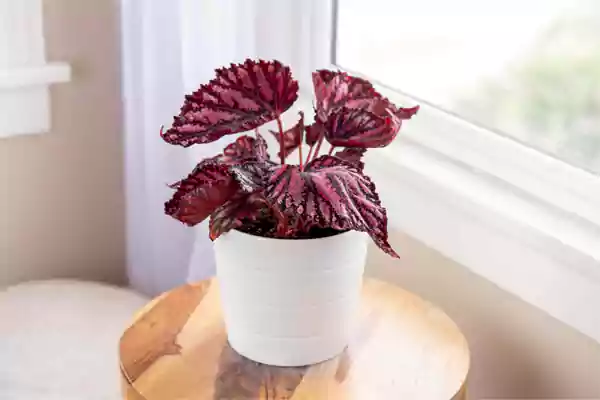 | Northeastern India & Southeast Asia | 10-12 |
| Tuberous Begonia | 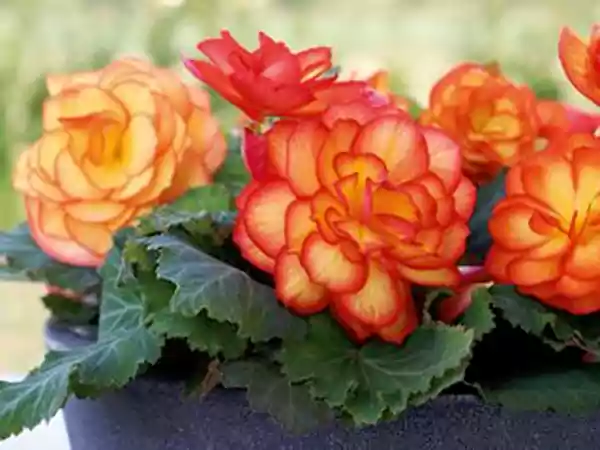 | Andes Mountains, South America | 9-11 |
| Wax Begonia | 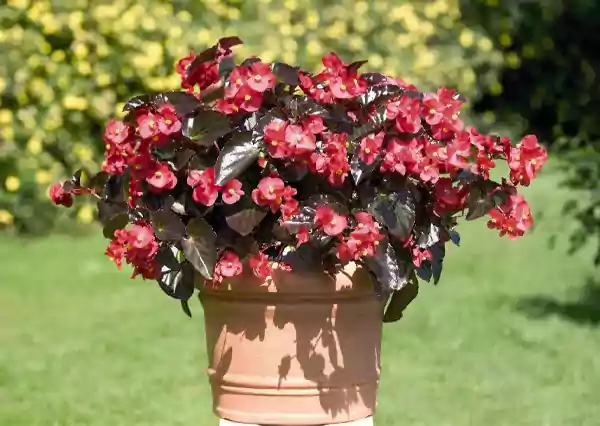 | Brazil, Mexico | 10-11 |
| Begonia Mallacoota | 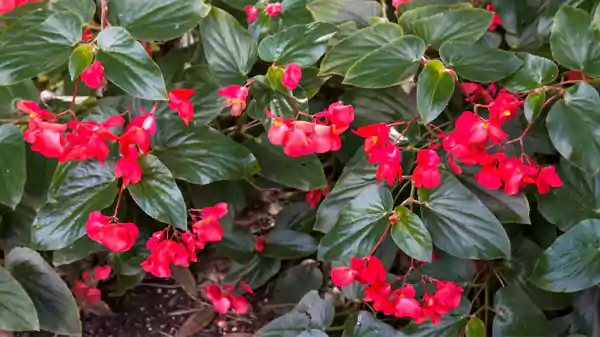 | Tropical and Subtropical areas | 10-11 |
| Cane Begonia | 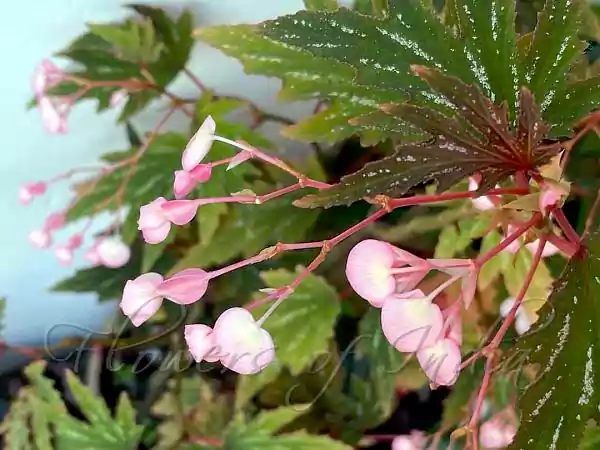 | Tropical and subtropical America | 9-11 |
| Rhizomatous Begonia | 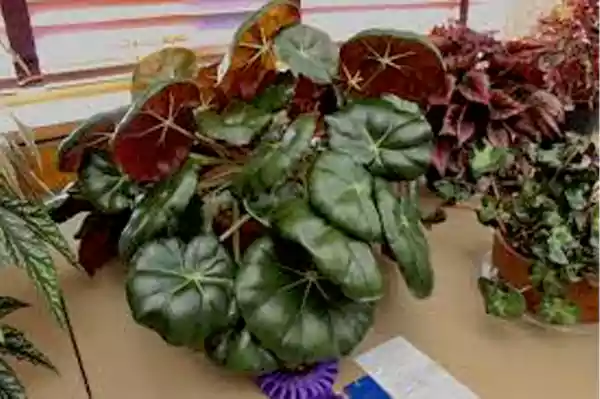 | Central and South America | 10-11 |
| Begonia ‘Gryphon’ | 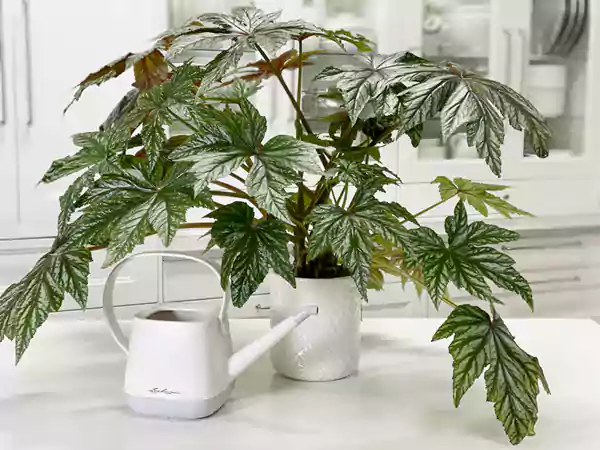 | Hybrid | 10-11 |
| Begonia boliviensis | 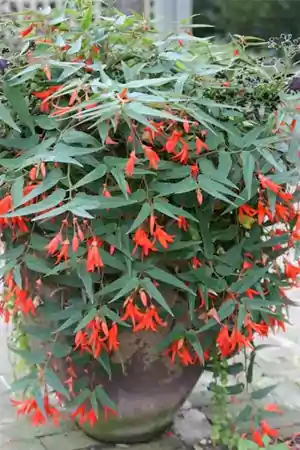 | Bolivia | 9-10 |
| Begonia luxurians | 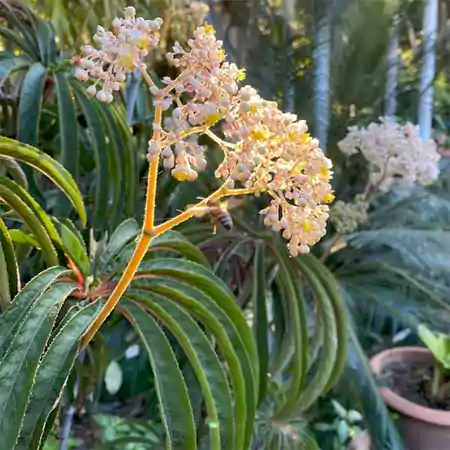 | Brazil | 9-11 |
| Begonia ‘Escargot’ | 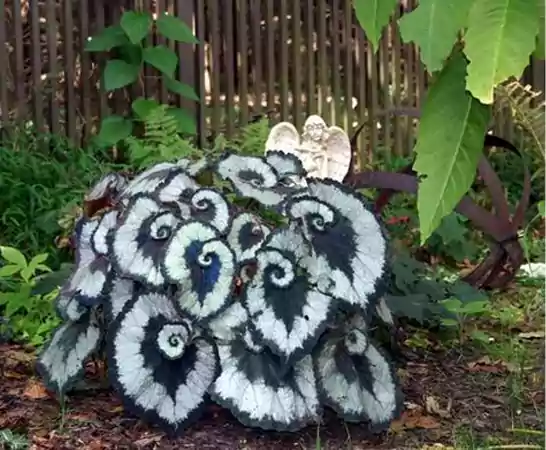 | Hybrid | 10-11 |
| Butterfly Begonia | 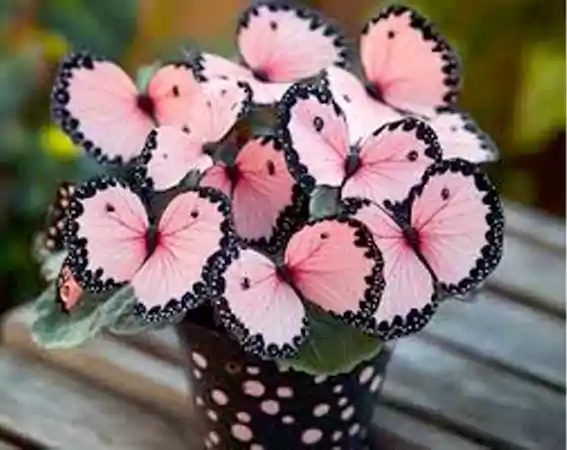 | Malaysia, Sabah | 10-11 |
| Begonia Moonlight Butterfly Plant | 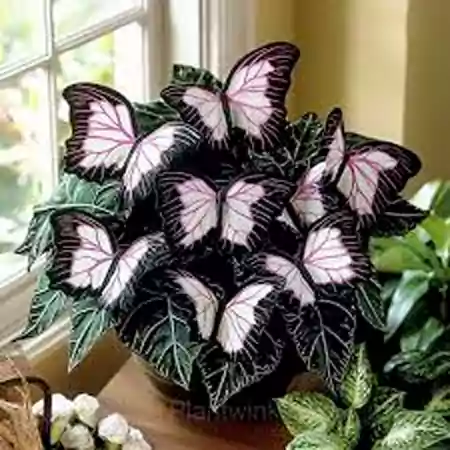 | Hybrid (mostly found in tropical and subtropical areas) | 10-11 |
Whether you are drawn to the bold foliage of Rex Begonias or the colorful blooms of Tuberous types, there is a Begonia for every plant lover. Knowing the native place and hardiness zone helps you pick the right one for your environment and grow it with confidence.
How to Grow and Care for the Alluring Begonia Plants?
Since the Begonia genus looks so exotic, you might be wondering about the care guide for the plant. Don’t worry, it may feel intimidating at first, but it is surprisingly easy-going.
Once I understood their basic needs, my perennials started thriving with minimal effort. Given below is the ultimate Begonia care guide that you can follow to have vibrant blooms.
| Optimal Growing Conditions Needed for the Species | |
| Sunlight Exposure | Bright, indirect light (avoid harsh direct sunlight that may scorch the leaves) |
| Watering | Water only when the top inch of the soil feels dry; avoid overwatering to prevent root rot. |
| Soil Type | Well-draining, loose potting mix; a mix of peat, compost, and perlite works great. |
| Humidity | Prefers growing in moderate to high humidity (mist occasionally to maintain the moisture) |
| Fertilizer | Feed every 2–4 weeks, especially during the growing stages, with a balanced liquid fertilizer. |
| Pruning | Remove dead leaves or faded flowers regularly to encourage new growth. |
| Potting | Choose containers with good drainage; report if the roots outgrow the pot. |
With just a few easy tips and the right setup, Begonias plants can become the most rewarding species in your collection. They adapt beautifully, grow gracefully, and always manage to brighten up any corner.
Common Problems and Their Quick Fixes
Even the prettiest plants can get affected by certain pests and leafy bugs, and Begonias are no exception. Given below are some common problems that your plant might face, along with their quick fixes.
- Yellowing Leaves: Caused due to overwatering or poor drainage issues. Make sure to adjust the frequency of watering and try using a well-draining potting mix.
- Wilting or Drooping: Mostly due to under-watering or too much heat. Check the moisture levels of the soil and move the pot to a cooler, shaded area.
- Powdery Mildew: Caused due to high humidity with poor airflow. Improve the ventilation of the area where the plant is placed and use a mild fungicide.
- Leaf Spots or Rot: Typically, a type of fungal or bacterial infection that affects the foliage of the species. Remove the infected leaves and avoid watering for a few days.
- Brown Crispy Edges: Mostly caused due to low humidity. Mist the plant, place a humidifier nearby, or place the pot on a tray with pebbles dipped in water.
- Leggy or Stretched Growth: The major cause is insufficient light. Move the container to a brighter place where it can get indirect sunlight exposure for healthy growth.
Once you spot the issue, it is easy to understand what’s bothering your bloom, and taking action is even simpler. With these quick fixes, you can revive the Begonia and have a flourishing genus in your front lawn or backyard.
Final Thoughts
As someone who has struggled to keep even the simplest of blooms alive, Begonias have changed my perspective towards houseplants. From their stunning leaves and vibrant flowers to their forgiving nature, these species are perfect for any plant enthusiast.
Whether it’s the charm of Wax Begonia or the drama of a Red Begonia, this genus can instantly enhance the aesthetic of any place.
The way this plant adapts to its surroundings and how it can thrive with minimal care and effort is what makes it more special. Go ahead and add this work of art to your mini garden space.
Do Begonias like sun or shade?
Begonias require a minimum of 4-6 hours of sunlight exposure, but otherwise they prefer growing in filtered sunlight.
Where is the best place to put Begonias?
Placing Begonias near an east or north-facing window is ideal.
Do Begonias do better in pots or in the ground?
Begonias can grow wonderfully both in pots and in the ground. The main factor is the temperature it is being planted.
How long does a potted Begonia last?
With proper care, a potted Begonia can last several years, especially indoor perennials like Rex or Cane Begonia.
How do you take care of potted Begonias?
By fulfilling the basic needs like light, water, and soil, you can ensure an excellent growth of your potted Begonia.

